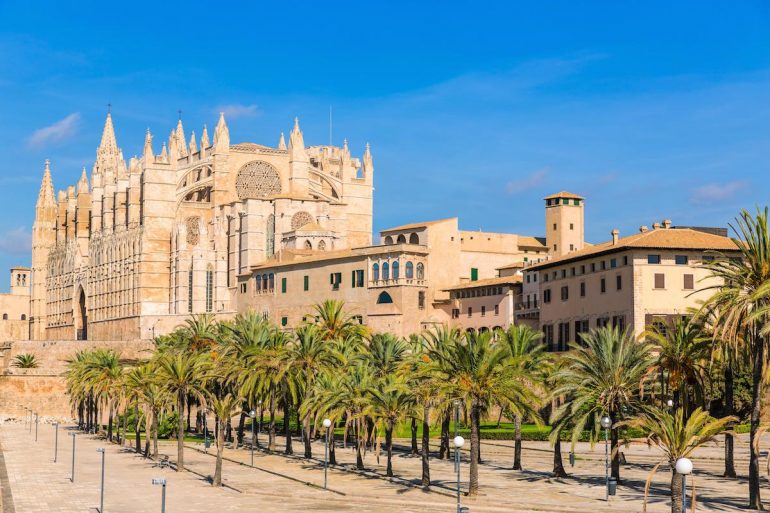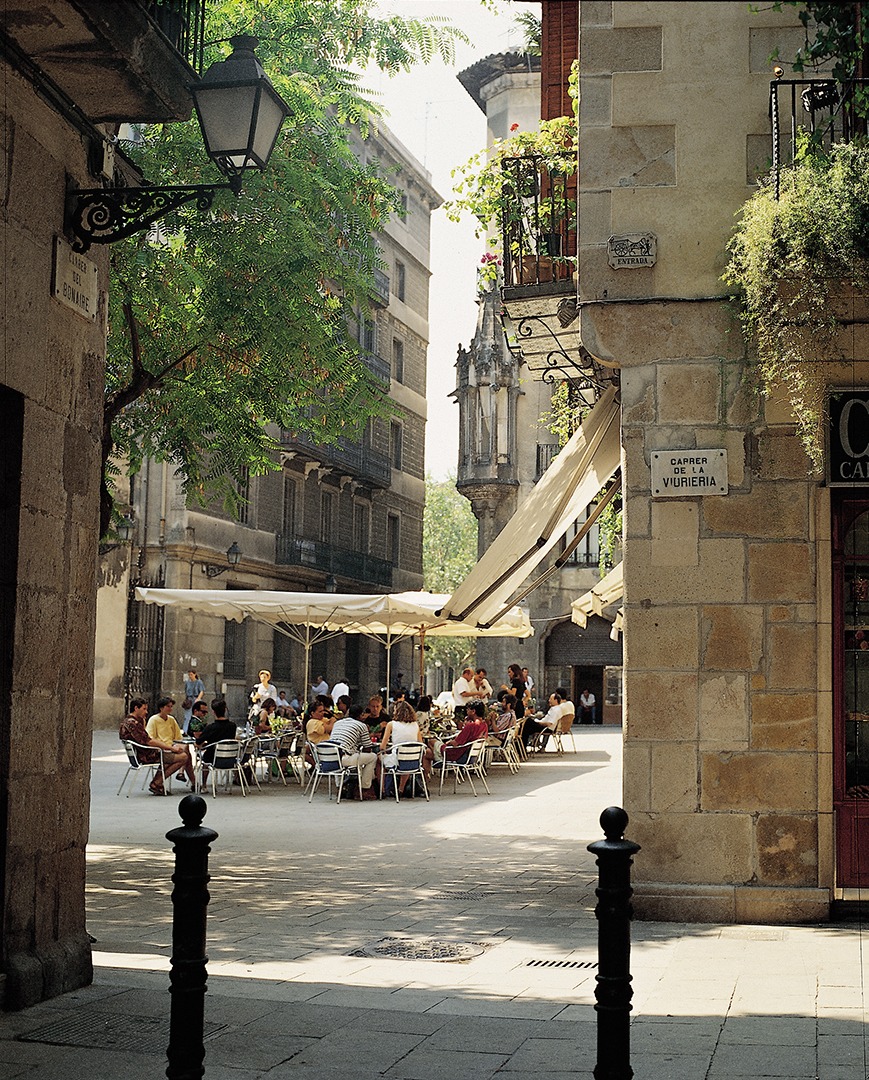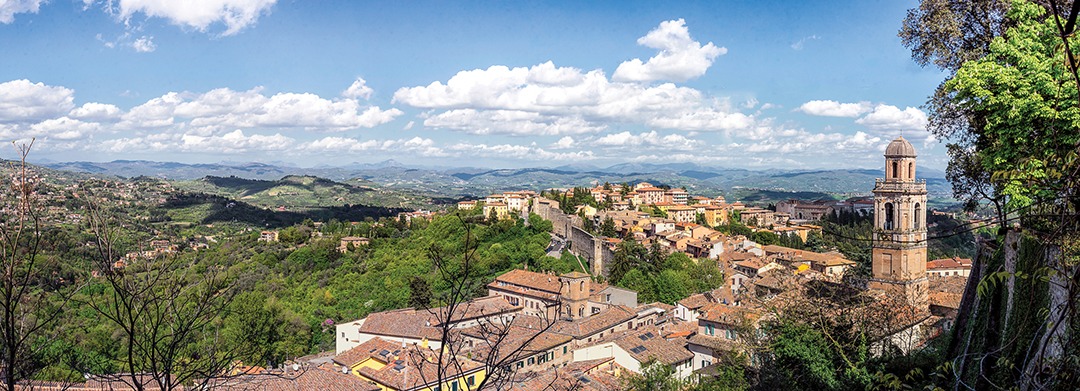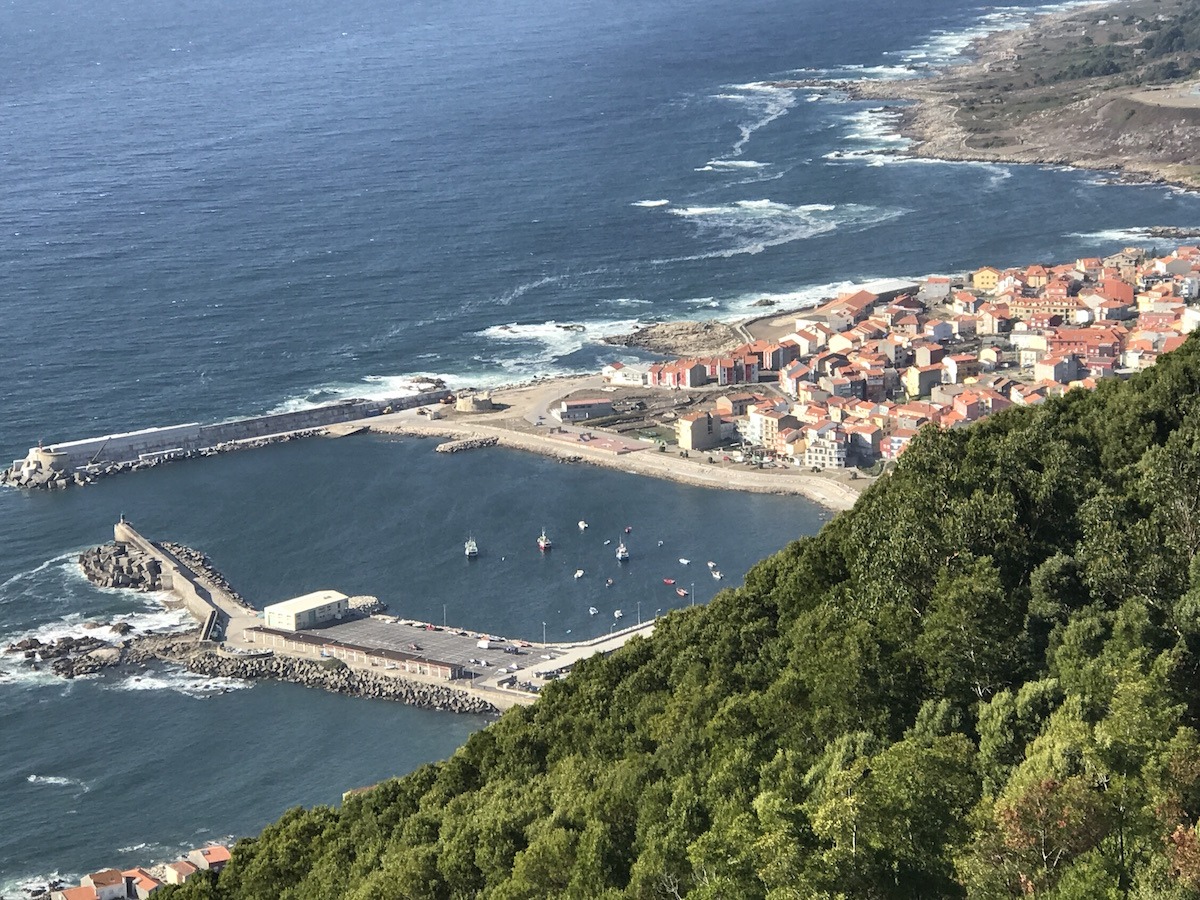
Grape Destinations: Walking around La Guardia
There are places that, frankly, you have to go back to. That happened to me in La Guardia – known in the local dialect, gallego, as “A Guarda” – a small city by the sea near Pontevedra, Spain. I bet almost everyone on the road is on the way to Santiago de Compostela, hiking and visiting the cathedral, but this region has a lot more to offer to tourists, local and international.
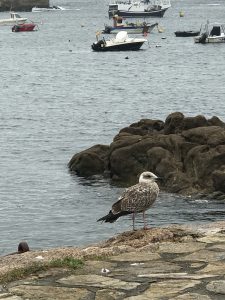 The first time I came here, I fell in love with this jewel, with its relaxed beat, the small fishing port, and very traditional and friendly inhabitants. The history of this place goes back to the Celtic settlers and still today you can see the remains their dwellings, which are dated around 600 and 200 B.C.E.
The first time I came here, I fell in love with this jewel, with its relaxed beat, the small fishing port, and very traditional and friendly inhabitants. The history of this place goes back to the Celtic settlers and still today you can see the remains their dwellings, which are dated around 600 and 200 B.C.E.
Get here by road, an easy and beautiful drive from town, following the signs to Santa Tecla. Once you reach the top, take time to enjoy where the Minho River meets the Atlantic. It is breathtaking.
After a great lunch in town, I had the one of the best lentil soups ever at Restaurante Xeito (Rua Fernández Albor no.19), and enjoying a caña – a small beer glass – of Estrelha de Galicia.
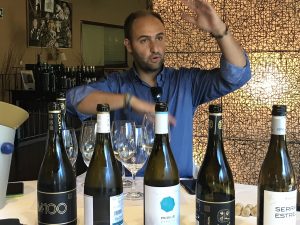 Then, I was on my way to wines. At the Valmiñor Cellars, Erick García was waiting for me. The afternoon was going to be amazing! As we walked through the vineyards, Erick was explaining all the different techniques they are using to produce the best quality wines from indigenous varietals: albariño, loureiro, caiño, treixadura, and some godello. On the red side, they are making fabulous tintos under the label Ebano, in Ribera del Duero, in another renowned wine appellation, and doing research on varietals such as castañal or loureiro tinto.
Then, I was on my way to wines. At the Valmiñor Cellars, Erick García was waiting for me. The afternoon was going to be amazing! As we walked through the vineyards, Erick was explaining all the different techniques they are using to produce the best quality wines from indigenous varietals: albariño, loureiro, caiño, treixadura, and some godello. On the red side, they are making fabulous tintos under the label Ebano, in Ribera del Duero, in another renowned wine appellation, and doing research on varietals such as castañal or loureiro tinto.
“To make people know of our red wines, wait for 5 or 10 years,” Erick told me. I kept thinking about all the different hints that a great grape can give you, if the weather and natural resources are on your side. White or red, the road to wine is marvelous. Look up for Davila M100, a coupage of loureiro, caiño blanco and albariño, or Davila L100, a loureiro monovarietal.
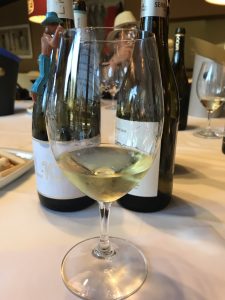 The best advice in traveling around comes from locals. Ask where they love to go. I did, and Erick gave me his recommendations for dinner that night: Restaurante Area Grande Manolito or Bita Dorna.
The best advice in traveling around comes from locals. Ask where they love to go. I did, and Erick gave me his recommendations for dinner that night: Restaurante Area Grande Manolito or Bita Dorna.
I stayed at the Convento de San Benito hotel on Praza San Benito, which was walking distance from everything, especially small seafood restaurants. The pulpo a la gallega (Galician octopus) is just amazing and fresh, especially at Porto Guardes, where a crowd of locals were having a mid-week dinner and having fun, Spanish style. Try the pulpo a la brasa, so tender and delicate….
This is completely slow food, so is an experience for itself. I have time enough for a good beer and, of course albariño wine for my octopus.
When I got back to the hotel, I asked the clerk about some markings in the old stone walls. “They are the signature of the builder,” she told me. This convent was built in 1561, and nowadays is more like a monument with all the amenities of a boutique hotel, full of historic value and small-town hospitality.
On the parterre, there’s the Benedictus Piano Bar, where I enjoyed some small-production albariño from Adega Xesteiro, Ruben Blades music and a great explanation of local wine flavors given by Maria, the bartender.
On the street were the sounds of some women playing the gaitas – Galician bagpipes – for a ceremony at the church. They were honoring Baltasar Merino Román, who back in the late 19th century was a professor and a weather pioneer who used aneroid barometers to understand storms and alert fishermen about sea conditions. How many lives did he save? The barometer that is still in the church goes back to 1893.
This is a place to visit, relax, enjoy, and learn from. I allowed myself to feel Gallega!
— Amanda Díaz de Hoyo
Photos: Amanda Díaz de Hoyo


